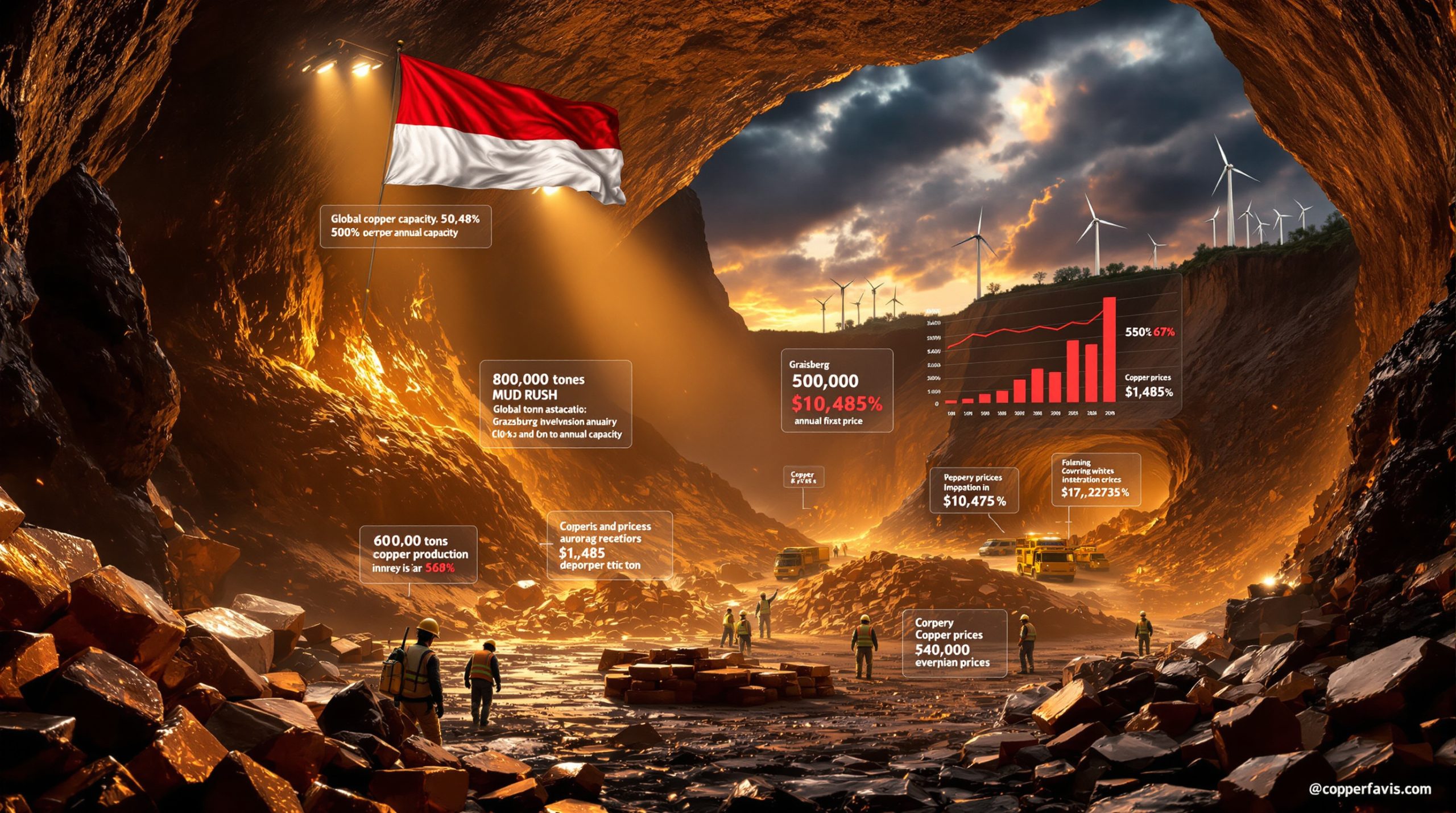What Is the Focus of Albanese's 2025 China Visit?
Economic Cooperation Prioritized Over Political Tensions
Australian Prime Minister Anthony Albanese's six-day diplomatic visit to China (July 11-17, 2025) has deliberately prioritized economic cooperation over lingering political tensions. The high-stakes tour, which began in Shanghai before proceeding to Beijing, represents the most substantial engagement between the nations since relations began thawing in 2022.
The visit features high-profile meetings with President Xi Jinping and Premier Li Qiang, with discussions focused on tangible economic outcomes rather than ideological differences. According to official statements, the Australian delegation arrived with a clear mandate to expand trade opportunities while carefully navigating contentious security issues.
"This visit represents a strategic pivot toward economic pragmatism," said Dr. Jeffrey Wilson, Research Director at the Perth USAsia Centre. "Australia is leveraging US-China trade tensions to position itself as a stable supplier of critical minerals and agriculture—a pragmatic hedge against global volatility."
The economic stakes are substantial. In 2023, Australia exported AUD 204 billion worth of goods to China, with iron ore (AUD 126B), coal (AUD 15B), and agriculture (AUD 9.2B) leading the way, according to the Australian Department of Foreign Affairs and Trade.
Key Economic Agreements Under Negotiation
Five major economic initiatives dominate the agenda:
-
Agricultural Market Access – Expanded entry for Australian beef, dairy, and wine producers into Chinese markets, potentially worth AUD 2.3 billion annually to Australian farmers
-
Coal Trade Expansion – Discussions to increase thermal and metallurgical coal exports beyond current post-2023 levels (approximately 30 million tonnes/year) toward pre-2020 peaks (50 million tonnes)
-
Financial Sector Digitalization – A cooperative framework for blockchain integration and digital payment systems, building on the 2023 People's Bank of China–Reserve Bank of Australia MoU on cross-border payment innovation
-
Greenfield Investment – Joint funding mechanisms for new projects in critical minerals processing, renewable energy, and advanced manufacturing
-
Tariff Reductions – Potential elimination of remaining barriers on Australian agricultural products that survived previous trade disputes
"These negotiations represent the most comprehensive economic reset between our nations in over five years," noted Trade Minister Don Farrell in a statement from Beijing. "We're focusing on building sustainable, mutually beneficial trade relationships across multiple sectors."
Particularly noteworthy is the financial sector digitalization component, which aligns with Australia's "Future Made in Australia" industrial policy while offering Chinese fintech companies potential expansion opportunities in a developed Western market.
How Are Both Nations Managing Contentious Issues?
Strategic Sidestepping of the Darwin Port Dispute
Both governments have conspicuously avoided public discussion of the Darwin Port ownership controversy during the official visit. The 99-year lease (valued at AUD 506 million) granted to Chinese company Landbridge Group in 2015 became a flashpoint for security concerns, especially after Australia's Defence Department flagged it for review in 2024.
According to diplomatic sources cited by the South China Morning Post, the port issue represents a deliberate omission from the official agenda—a calculated move to prevent security tensions from derailing economic progress.
"The strategic silence on Darwin Port demonstrates a sophisticated diplomatic approach," explained Dr. Elizabeth Buchanan, Fellow at the Australian Strategic Policy Institute. "Both sides recognize that pressing the issue now would collapse the fragile trust being rebuilt through economic engagement."
This approach reflects a broader strategy focusing on achievable economic wins rather than contentious security matters, with both sides apparently agreeing to tackle less divisive issues first to build momentum for future discussions.
Addressing Investment Environment Concerns
While avoiding direct confrontation over specific assets, Premier Li did request "a fair, open and non-discriminatory business environment" for Chinese investors during his two-hour meeting with Albanese. This diplomatic language represents an indirect reference to Australia's increased scrutiny of Chinese investments, which saw rejection rates for Chinese proposals reach 15% in 2024 (compared to just 5% for EU/US investments).
The Australian Foreign Investment Review Board has intensified national security assessments of Chinese investments in recent years, particularly in sectors deemed critical infrastructure. However, Albanese's delegation appears to have come prepared with specific proposals to streamline approvals in non-sensitive sectors.
"We're seeing a calibrated response from Australia," noted Professor James Laurenceson, Director of the Australia-China Relations Institute at UTS. "Maintaining security guardrails while creating investment opportunities 2025 in sectors like renewable energy and value-added manufacturing where interests align."
Notably, official statements have studiously avoided explicit mention of Darwin Port, focusing instead on creating frameworks for future investment rather than revisiting contentious past decisions.
Why Is This Diplomatic Approach Significant?
Geopolitical Context of the Visit
Albanese's visit occurs against a complex backdrop of intensifying US-China trade tensions, creating a strategic opportunity for Australia to position itself advantageously between its security ally and largest trading partner.
Several factors make the timing particularly significant:
-
US-China trade conflict continuation – The US trade deficit with China reached USD 382 billion in 2024, with little progress on structural reforms
-
Regional security realignments – The AUKUS partnership and Quad dialogue continue expanding their influence in the Indo-Pacific
-
Supply chain restructuring – Global companies increasingly seek diversification beyond single-source dependencies
-
Climate cooperation imperatives – Renewable energy transitions create new areas for potential collaboration
Australia's balancing act reflects a sophisticated recognition that its economic and security interests require nuanced management rather than binary choices. By focusing on trade while maintaining security commitments, Albanese is navigating what analysts call the "middle power diplomacy" strategy.
Economic Pragmatism Driving Diplomatic Strategy
Both nations appear motivated by economic imperatives that transcend ideological differences. For Australia, the visit represents a critical component of its trade diversification strategy while simultaneously rebuilding its largest export market.
"Economic security requires both diversification and depth," explained Dr. Jane Golley, economist at the Australian National University. "Australia's approach aims to rebuild China trade while simultaneously strengthening ties with India, Southeast Asia, and other partners."
For China, securing reliable resource partners becomes increasingly important as its US trade relationship remains unpredictable. Australian iron ore, coal, and agricultural products represent stable supplies from a politically stable country—a significant consideration in Beijing's strategic planning.
The focus on economic deliverables rather than political posturing represents a maturation in the relationship. As one senior Australian diplomat noted on background: "We've moved beyond megaphone diplomacy to methodical, sector-by-sector engagement."
What Outcomes Are Expected from Albanese's Visit?
Anticipated Trade and Investment Announcements
According to sources close to the negotiations, formal announcements of specific deals are expected shortly after the conclusion of the visit on July 17, 2025. While details remain closely guarded, analysts anticipate several significant outcomes:
-
Agricultural Market Access – Removal of remaining technical barriers to Australian beef, wine, and dairy exports, potentially worth AUD 2.3-2.8 billion annually
-
Energy Resources Framework – A structured approach to coal and LNG trade expansion, with potential guaranteed purchase volumes
-
Critical minerals cooperation – Joint venture mechanisms for Australian rare earth processing with Chinese technical expertise
-
Financial Services Integration – Cross-border digital payment frameworks and fintech regulatory harmonization
-
Educational Exchanges – Resumption of expanded student visa programs and university partnerships
These agreements would represent the most comprehensive economic reset since trade tensions began in 2020, potentially removing all remaining barriers implemented during that period.
Measuring Success Beyond Formal Agreements
Beyond specific deals, diplomatic experts suggest several less tangible but equally important metrics for evaluating the visit's success:
-
Diplomatic communication channels – Restoration of minister-to-minister dialogues across multiple portfolios
-
Crisis management mechanisms – Establishment of clear protocols for addressing future disputes before they escalate
-
Business confidence indicators – Improvement in cross-border investment sentiment and risk assessments
-
Public messaging alignment – Consistency in how both governments characterize the relationship to domestic audiences
"The true measure of success won't just be the formal agreements, but whether they create sustainable frameworks for addressing inevitable future tensions," observed Dr. Meg Keen, Director of the Pacific Islands Program at the Lowy Institute.
The visit may also establish foundational groundwork for addressing more difficult issues in future discussions once economic trust has been rebuilt. As one Australian official noted privately: "Economic engagement creates the bandwidth for security conversations. We're building the relationship infrastructure first."
FAQ: China-Australia Relations in 2025
How has the Australia-China relationship evolved since 2022?
The relationship has undergone a remarkable transformation from its 2020-2022 nadir, when diplomatic communications were frozen and trade restrictions affected AUD 20 billion in Australian exports. The gradual thawing began with ministerial meetings in 2022, followed by progressive removal of trade barriers throughout 2023-2024.
High-level diplomatic visits resumed in late 2023, with Foreign Minister Penny Wong's Beijing trip marking a turning point. Economic pragmatism has increasingly taken precedence over ideological differences, though security concerns continue to shape certain aspects of the relationship.
What are the main exports Australia is seeking to increase to China?
Australia's export expansion strategy focuses on four key areas:
-
Agricultural products – Particularly beef, dairy, wine, and premium food products (potential AUD 2.3-2.8 billion annual increase)
-
Energy resources – Coal exports aiming to return to pre-2020 levels of 50 million tonnes annually (currently at approximately 30 million tonnes)
-
Critical minerals – Value-added processing of rare earths and battery materials rather than raw ore exports
-
Services – Education, tourism, and professional services represent high-value growth opportunities
The discussions also include potential new areas of cooperation in financial technology and green energy investments, reflecting evolving resource exports outlook for both nations.
How does the US-China trade relationship impact Australia's approach?
Australia is strategically positioning itself to benefit from ongoing US-China trade tensions by offering itself as a reliable alternative supplier in key sectors. The US trade deficit with China reached USD 382 billion in 2024, with little progress on structural reforms.
While maintaining its security alliance with the US through mechanisms like AUKUS and the Quad, Australia is pursuing economic opportunities with China where mutual benefits exist. This "dual-track" approach represents sophisticated middle power diplomacy.
"Australia has recognized that forced binary choices between the US and China are neither necessary nor beneficial," explained Dr. Wilson from the Perth USAsia Centre. "Economic engagement with China and security alignment with the US can coexist if managed carefully."
What is the significance of the Darwin Port issue?
The Darwin Port lease to Chinese company Landbridge Group (99 years, AUD 506 million, 2015) has become a symbol of the tension between economic cooperation and national security concerns. Australia's Defence Department flagged the lease for review in 2024, citing changed security circumstances.
The Australian government's desire to regain control of this strategic asset highlights the complex balancing act between welcoming foreign investment and protecting critical infrastructure. The conspicuous absence of public discussion on the port during Albanese's visit demonstrates a sophisticated diplomatic strategy—focusing on achievable economic wins rather than contentious security matters.
As one security analyst noted: "Darwin Port exemplifies the security-economics dilemma at the heart of the relationship. How it's ultimately resolved will indicate whether pragmatism or security anxiety dominates future relations."
Increased iron ore demand trends from China remain a crucial factor in these diplomatic talks, with Australian mining companies closely monitoring developments from the visit.
Ready to Stay Ahead of Major Mineral Discoveries?
Discovery Alert's proprietary Discovery IQ model identifies significant ASX mineral announcements in real-time, giving you immediate insights into potential investment opportunities before the broader market reacts. Explore how major discoveries have historically generated substantial returns by visiting Discovery Alert's dedicated discoveries page and begin your 30-day free trial today.




